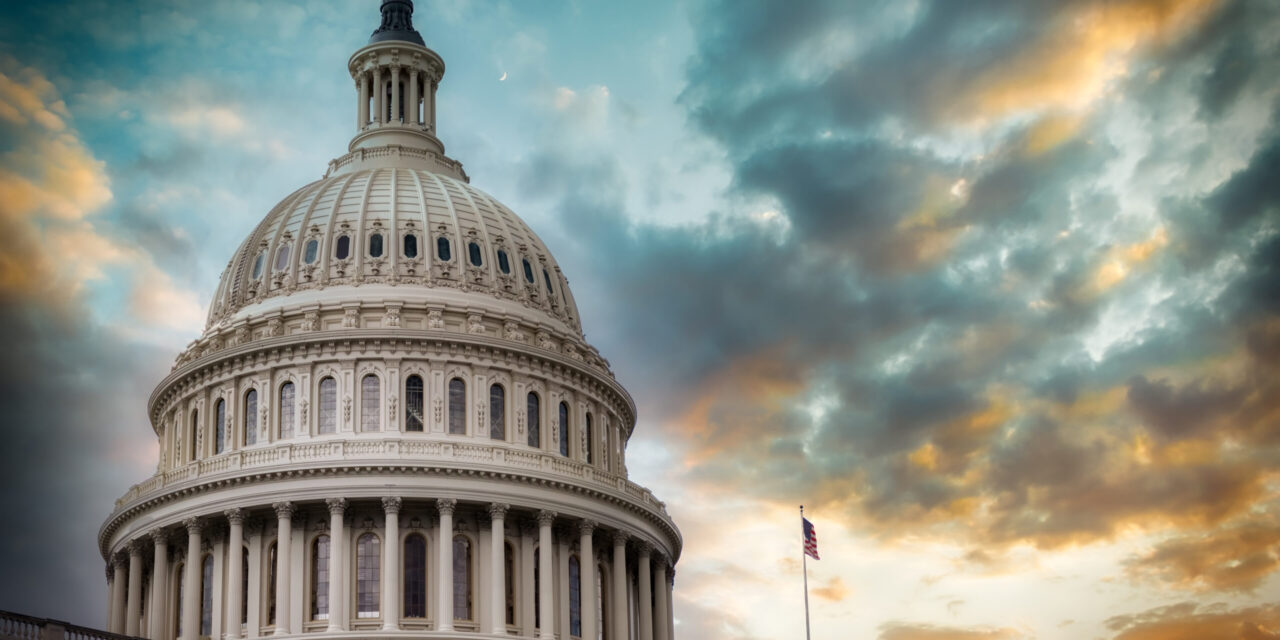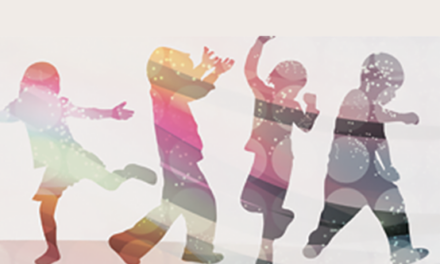When children returned to classrooms after January 6, 2021, many teachers struggled over what to say, if anything at all, about the attack on the U.S. Capitol. Today, emotions remain raw, and teaching about January 6 may seem even more difficult than it did last year. Caught up in a culture war, teachers may fear broaching the subject at all, especially if they lack firm support from their principals, district leaders, or communities, or if they live in states where recent bills have sought to limit how teachers discuss politically contentious issues, and even to punish them if they do so.
Sill, teachers should teach about January 6, and school leaders must be courageous in supporting them. Further, they should teach it not merely as an historical event, but as one that continues to unfold, as Congress investigates its causes, courts prosecute participants, and citizens struggle to make sense of its implications. That is, teachers should help students understand that it is up to them, as much as anybody else, to decide what the legacy of that day will be. And perhaps, if we give them opportunities to learn about and discuss its significance, then they will come to see January 6 as a call to work across political divides, shore up the legitimacy of our election process, and strengthen our democracy.
What was January 6?
Classroom lessons and conversations about January 6 should always be framed in a way that is developmentally appropriate, given the age of the students. No matter the grade level, though, perhaps the best starting point is to decide what we should even call that day’s events. Simply referring to the date as marking an important historical moment, much like 9/11, may seem like the safest option, since this sidesteps thorny questions about how best to interpret what happened. But as educators, we must not shy away from discussion of politically touchy subjects. Students deserve a fuller account of why the date is significant.
Thus, we should ask them whether it should be described as, for example, an uprising, a riot, a rebellion, or, as many of would argue, an insurrection (a term that refers to an uprising against an established government). It’s important to give students a chance to discuss the terminology, so they can learn to differentiate between justified political protest and other forms of revolt and rebellion, and to debate how best to characterize this event. Moreover, a discussion of terminology creates a natural segue to lessons about important concepts in U.S. history, such as how sedition has been defined and redefined over time, and how and why citizens have protested against the government in past eras.
Why teach about the insurrection?
Many students may know that something important happened on January 6, but they don’t necessarily know precisely what happened and why it matters. For decades, civics education in U.S. schools has tended to emphasize the ideals of democracy, without giving students many chances to make sense of the messy real-world realities of democratic life. By teaching about the insurrection, we can help children understand that democracy is not a given; we must constantly work to strengthen and protect it. Further, we can help them understand how politically divided our citizenry is, such that we cannot even agree on the outcome of our election or whether it was conducted fairly. These are weighty issues to consider, but our students should not be kept in the dark about them. As developing citizens, they should know about the current state of political life in their country, and they should be prepared to revive and sustain their democracy.
What should be taught?
Teachers should help students understand not just what happened on January 6, but what led to that day. And this means they will have to address any misinformation about voting fraud and election results that students bring to the classroom — even if this means contradicting the information those students have been given by their parents and other family members.
But it doesn’t mean teachers should simply impart a new set of facts to students. More important is to help students learn how to find the facts of the situation, and how to seek out and share factual information in the future. To be clear, teachers should not treat the legitimacy of the 2020 election outcome as an open question; it is a settled fact, and they should not hesitate to explain to students that each state certified the election, that more than 80 judges affirmed the fairness of the election in lawsuits filed after the polls closed, and that there is no credible evidence to support claims about vote-rigging or election fraud.
But teachers can and should ask students to consider the questions that do remain open (i.e., worthy of serious discussion) in relation to January 6. For instance, what’s the best way to ensure fair elections? What sorts of voting limitations are justified? And what should we do if a political candidate refuses to abide by an outcome? Not only are such questions important and debatable in and of themselves, but they can also lead to valuable lessons about how the electoral college system works, what the Constitution says about federal and state elections, and other topics.
Teachers can also help students learn more about the various parties involved in the ongoing conflicts over January 6. This includes discussing how various media sources have covered the topic, the actions that President Trump took before, during, and after January 6, and who has participated in fomenting this crisis. Further, teachers can engage students in analyzing the historical record, including artifacts and photo and video documentation of the day, to identify the opinions and allegiances of participants as described in speeches and displayed on flags and signs. And teachers should help students learn about the political views espoused by various participants and their critics, including how they relate to established views about the responsibilities of citizens, the peaceful transition of power, and the rule of law. Teaching about such political principles is already included in social studies standards in many states, and the events surrounding January 6 provide opportunities for teachers to showcase how these values are fundamental to our country and its institutions.
Teaching about January 6 can and should also lead to lessons and discussions about political dissent, why it matters to a healthy democracy, and how to distinguish between productive dissent — which often allows citizens to highlight legitimate public problems and injustices — and insurrections that put our democracy at risk. Importantly, students should learn that while dissent sometimes takes the form of protest and outcry, it should provoke reasonable conversations among people with conflicting views, emphasizing evidence-based discourse about how best to resolve our differences.
Finally, teachers should go beyond just using the insurrection to teach about dissent. Rather, they should encourage students to develop the skills of productive civil dissent, showing them how to raise awareness about important public problems, form persuasive arguments, build coalitions, and work toward positive social and political change. Those skills are fundamental to being an effective citizen, whatever one’s political leanings, and there’s no reason that developing them should be held off until after one graduates.
If anything, teaching about January 6 — and helping students learn how to practice healthy political dissent — provides a timely and valuable opportunity to talk with youth about how they can participate effectively in the life of their democracy, build greater trust among their fellow citizens, strengthen their public institutions, and begin to repair the harm that the insurrection has caused.
ABOUT THE AUTHOR

Sarah M. Stitzlein
Sarah M. Stitzlein is professor of education and affiliate professor of philosophy at the University of Cincinnati, OH. She is the author of Teaching for Dissent: Political Activism and Citizenship Education and Learning How to Hope: Reviving Democracy Through Schools and Civil Society and president of the John Dewey Society and co-editor of the journal Democracy & Education.










